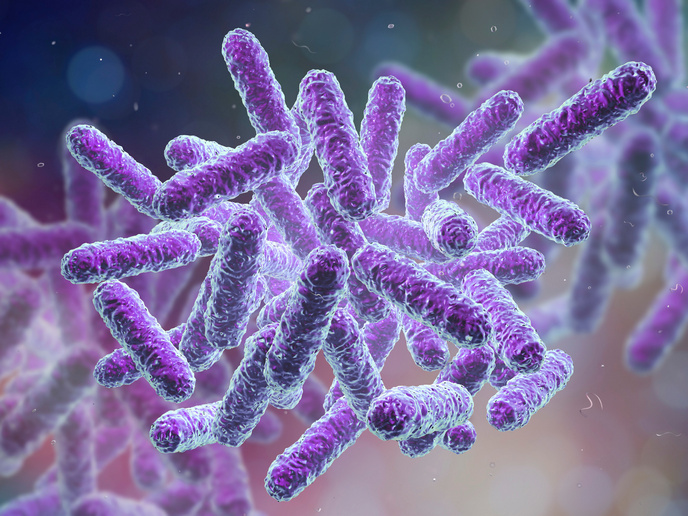Degradation of messenger RNA
Genes hold the recipe for protein synthesis that is carried from the DNA to the synthetic machinery via messenger RNA (mRNA). mRNA degradation is thus an efficient way to stop gene expression. Many proteins (enzymes and regulatory factors) are involved in this degradation, either from the 3' to the 5' end of a DNA molecule or vice versa. Although a number of these proteins have been identified and their 3D structures elucidated, little is known about dynamic molecular interactions at the atomic level. Scientists supported by EU funding of the project 'Molecular mechanisms of mRNA decay' (MRNA DECAY) elucidated such interactions for two different degradation pathways working in opposite directions along the mRNA molecule. Using novel high-resolution methods exploiting nuclear magnetic resonance (NMR) spectroscopy, investigators provided structural and dynamic information never before obtained. The first pathway addressed was mRNA interaction with an exosome enzyme complex for degradation in the 3' to 5' direction. Scientists detected and quantified unexpected and highly dynamic motion of the exosome complex in solution that was correlated with interactions with activator proteins. They thus provided the first insights into previously undetected dynamic processes involved in mRNA degradation. Lsm1-7 is a regulatory complex that, upon interaction with mRNA, recruits a decapping enzyme (Dcp2) that exposes mRNA to degradation by enzymes in the 5' to 3' direction. It consists of seven different protein chains and this complexity has impeded its detailed structural characterisation. MRNA DECAY scientists demonstrated that Lsm1-7 has a central pore structure that interacts with its substrate, mRNA, providing the first information regarding mRNA degradation in the 5' to 3' direction. In addition, investigators revealed the structural and dynamic bases for interaction of the Dcp2 enzyme with regulators modulating enzyme activity. MRNA DECAY shed new light on the molecular machinery mediating mRNA degradation and demonstrated the importance of protein motion studies with atomic resolution. Scientists showed that the close interplay between protein structure and motion affects catalytic activity in a way previously not seen. Outcomes and technological developments pave the way to further studies and potential pharmaceutical applications.







